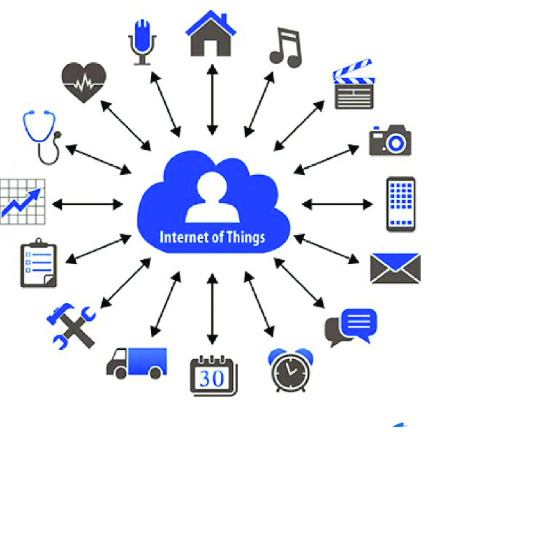Enhancing IoT Security with DNA-Based Lightweight Cryptography System
The Internet of Things (IoT) continues to grow, but its increasing connectivity brings new challenges to cybersecurity. To address these risks, a DNA-based lightweight cryptography system offers an innovative solution. This technology can significantly improve security while maintaining efficiency in IoT environments.
What is DNA-Based Cryptography?
DNA-based cryptography uses biological molecules like DNA sequences to create secure encryption methods. Unlike traditional cryptographic systems, DNA cryptography leverages biological properties to enhance security and data protection.
By integrating biotechnology into digital security, this method offers advantages, including faster encryption speeds and lower computational costs. Learn more about DNA-based cryptography here.
Why IoT Security Needs a New Approach
As more devices become connected through the IoT, traditional encryption techniques struggle to manage the growing amount of data. Conventional cryptography systems are often resource-heavy, requiring substantial computing power and energy. This poses a particular challenge for low-power, resource-constrained IoT devices.
Implementing a DNA-based cryptography system allows IoT devices to encrypt data efficiently, even with limited processing capabilities. Discover more about IoT security challenges.
How DNA-Based Cryptography Enhances IoT Security
DNA-based cryptography offers several benefits for IoT security:
- Efficiency: It uses less processing power compared to traditional cryptographic algorithms, which is vital for IoT devices with limited resources.
- Scalability: DNA-based methods can scale easily across different IoT environments, accommodating a large number of devices.
- Security: This system provides strong protection against common cyber threats, including data interception and unauthorized access.
By adopting DNA cryptography, IoT devices can ensure robust data security without compromising performance. Explore IoT encryption techniques.
The Role of Lightweight Cryptography in IoT
Lightweight cryptography is designed for systems with limited resources, such as IoT devices. Traditional cryptographic algorithms are too slow and consume too much energy for these devices. However, DNA-based cryptography can provide the necessary security without draining device resources.
This system can implement secure key exchange and data integrity verification with minimal computational overhead. Lightweight cryptography, therefore, aligns perfectly with the constraints of IoT technology. Learn more about lightweight cryptography.
Benefits of DNA-Based Lightweight Cryptography for IoT
Adopting DNA-based lightweight cryptography in IoT systems offers several key benefits:
- Improved Security: It provides higher levels of protection than conventional cryptography, securing sensitive data.
- Efficiency: The system is highly efficient in terms of both energy and computational resources, which is crucial for IoT devices.
- Cost-Effective: It reduces the need for high-cost hardware, making it an affordable solution for widespread IoT deployment.
With these benefits, DNA-based cryptography could revolutionize IoT security by making it both secure and energy-efficient. Read about the future of IoT security.
Conclusion: Future of IoT Security with DNA Cryptography
The integration of DNA-based lightweight cryptography into IoT devices holds great promise for securing the growing number of interconnected devices. By enhancing data protection without consuming too many resources, this technology could be key to solving IoT security challenges.
To stay ahead in the world of IoT, it’s crucial to explore and implement innovative security measures like DNA-based cryptography.
Stay updated on IoT security trends here.
- How to Leverage IoT for Smarter Marketing
- Nature-Inspired Maintenance-Free IoT Networks
- Membrane Switch Market Trends: IoT and Touch Tech Impact
- Industrial IoT Trends and Insights for 2024

